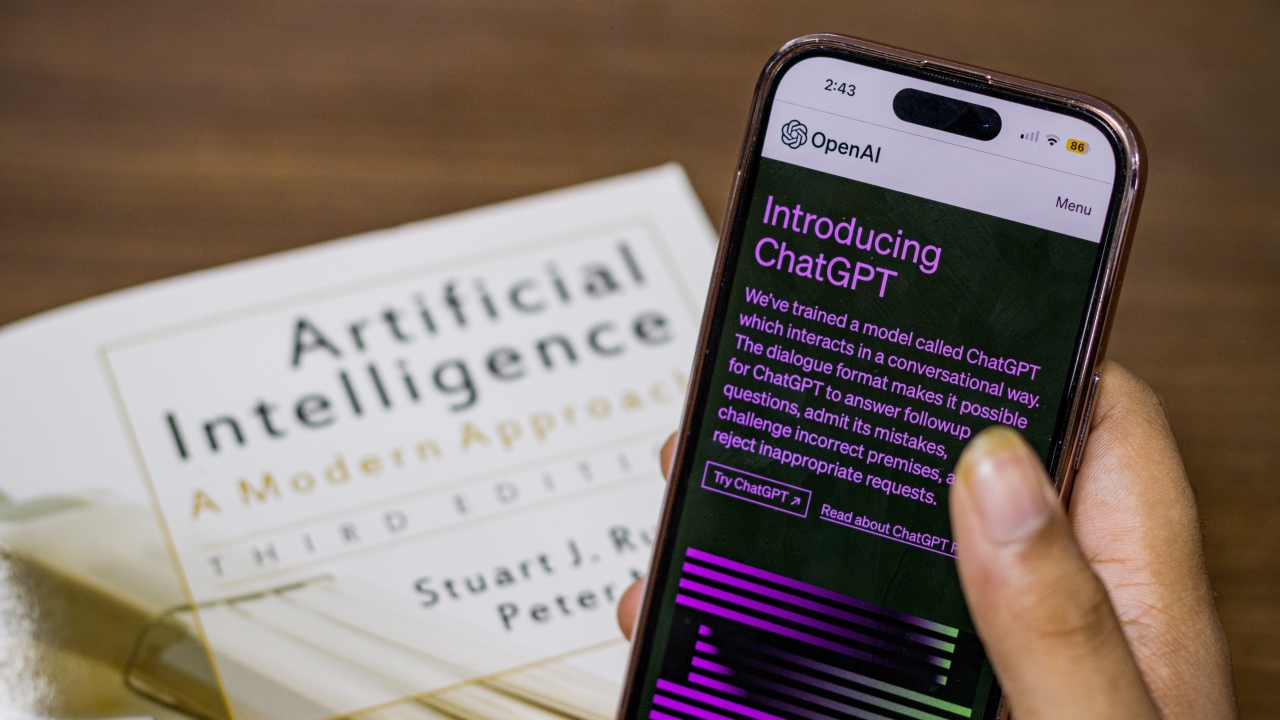Embracing the Power of AI for the start of a new academic year: Revolutionizing K-12 Education -

The AI market will grow to a $190 billion industry by 2025, according to research firm Markets and Markets. AI improves our lives through every aspect of industry; optimizing logistics, detecting fraud, composing art, conducting research, providing translations, and many other tasks.In the fast-paced world we live in, where technology is rapidly evolving, the field of education must adapt to keep pace with the changing needs of students. Artificial Intelligence (AI) has emerged as a powerful tool that has the potential to revolutionize K-12 education. With its ability to process vast amounts of data, personalize learning experiences, and augment teacher capabilities, AI holds the promise of creating a more effective and engaging educational environment for both teachers and students. So, how can we harness this power to drive outstanding practices for the new and upcoming academic year?
One of the significant advantages of AI in K-12 education is its capacity to provide personalized learning experiences for students. Each student has unique strengths, weaknesses, and learning styles, and AI can help tailor educational content to meet their individual needs. AI-powered adaptive learning platforms can analyze student data, track their progress, and deliver personalized instruction and feedback. By identifying knowledge gaps, offering targeted interventions, and adjusting the pace and complexity of learning materials, AI empowers students to learn at their own pace, fostering greater engagement and understanding. Some of the better tools to achieve this, such as Kinteract, SIMS or ISAMS, can transform the way a teacher delivers lessons and truly tailor learning trajectories for success. A similar technology is being used by Duolingo, the popular language learning tool, where trajectories are designed based on the learner’s input on a day to day basis.
AI is not here to replace teachers; rather, it is a powerful tool that can augment their capabilities and enable them to deliver more effective instruction. AI can assist teachers in a variety of ways, such as automating administrative tasks, generating data-driven insights, and facilitating personalized instruction. This could greatly impact teacher wellbeing by reducing workload and improving student outcomes. Teacher wellbeing at an all time low. A recent study by the American Educational Research Association, teachers are 40% more likely to experience symptoms of anxiety than other professions. By automating routine tasks like grading, attendance tracking, and lesson planning, AI frees up valuable time for teachers to focus on more meaningful activities, such as actually teaching!!!
AI can analyze vast amounts of educational data, such as assessment results and student performance metrics, to provide teachers with valuable insights. By identifying patterns, trends, and learning gaps, AI empowers teachers to make informed decisions about instructional strategies, interventions, and curriculum design. This data-driven approach enables teachers to provide targeted support to struggling students and challenge high achievers, leading to improved learning outcomes for all. Tools such as Grammarly, are known to help improve students’ writing through the use of NLP (natural language processing) powered technology. Their systems can analyze text and provide valuable feedback to students, making the quality of work higher. Computer vision (CV) tools, such as object detection or image classification, also have important applications in education, predominantly in grading tests and marking.
Stay up to date
Subscribe to the free GESS Education newsletter and stay updated with the latest insights, trends, and event news every week. Your email address will remain confidential

